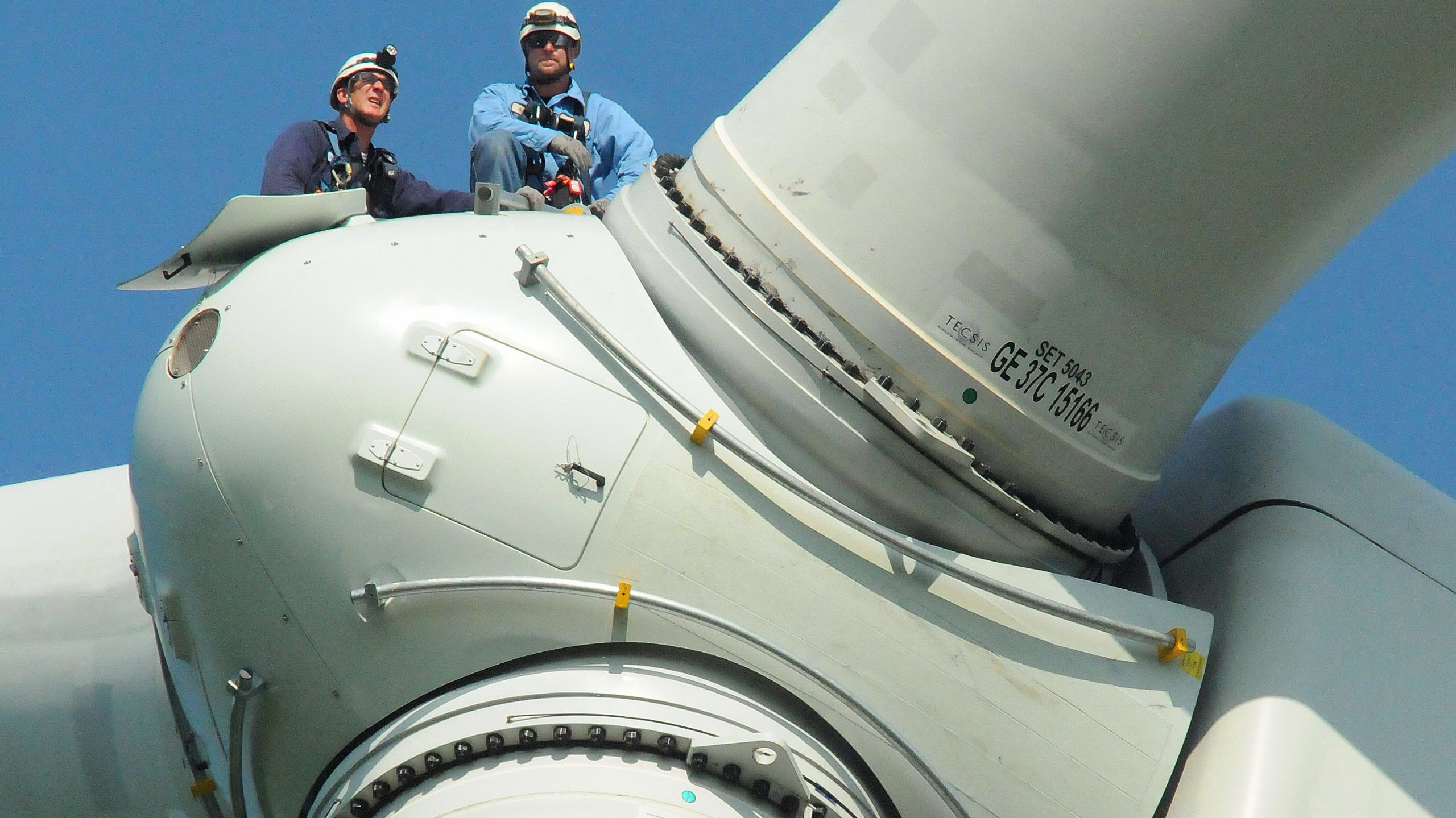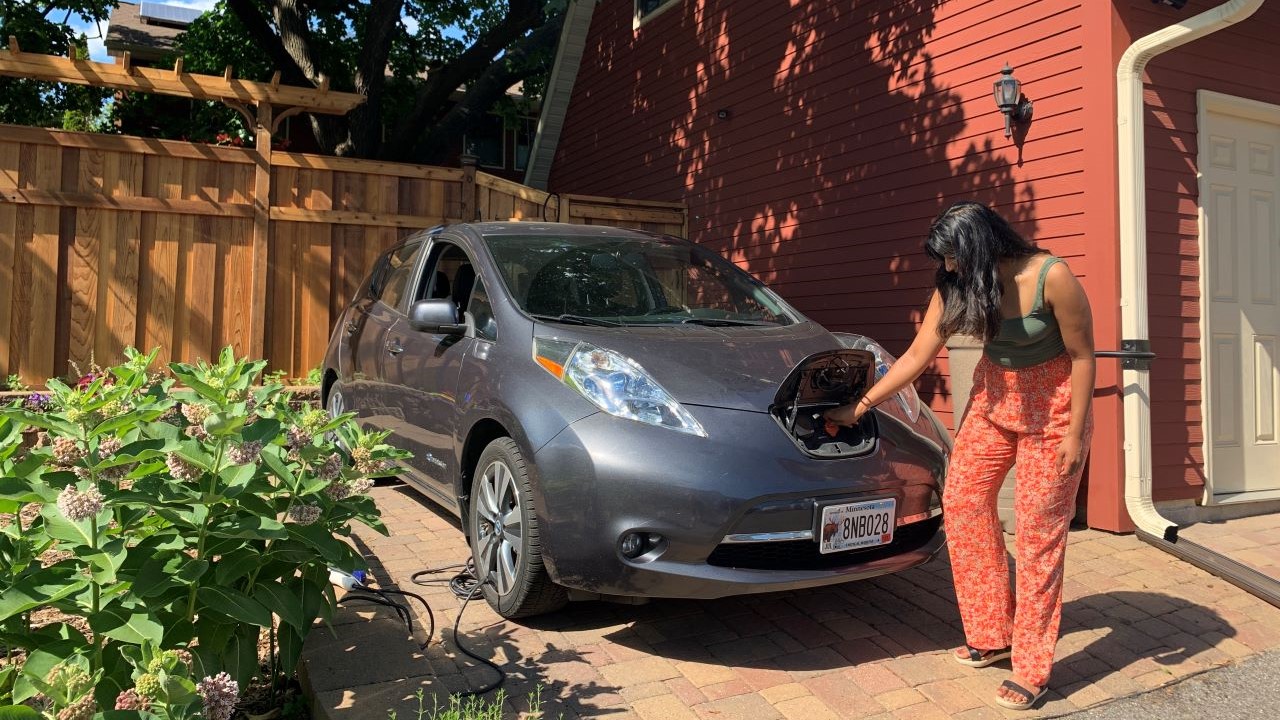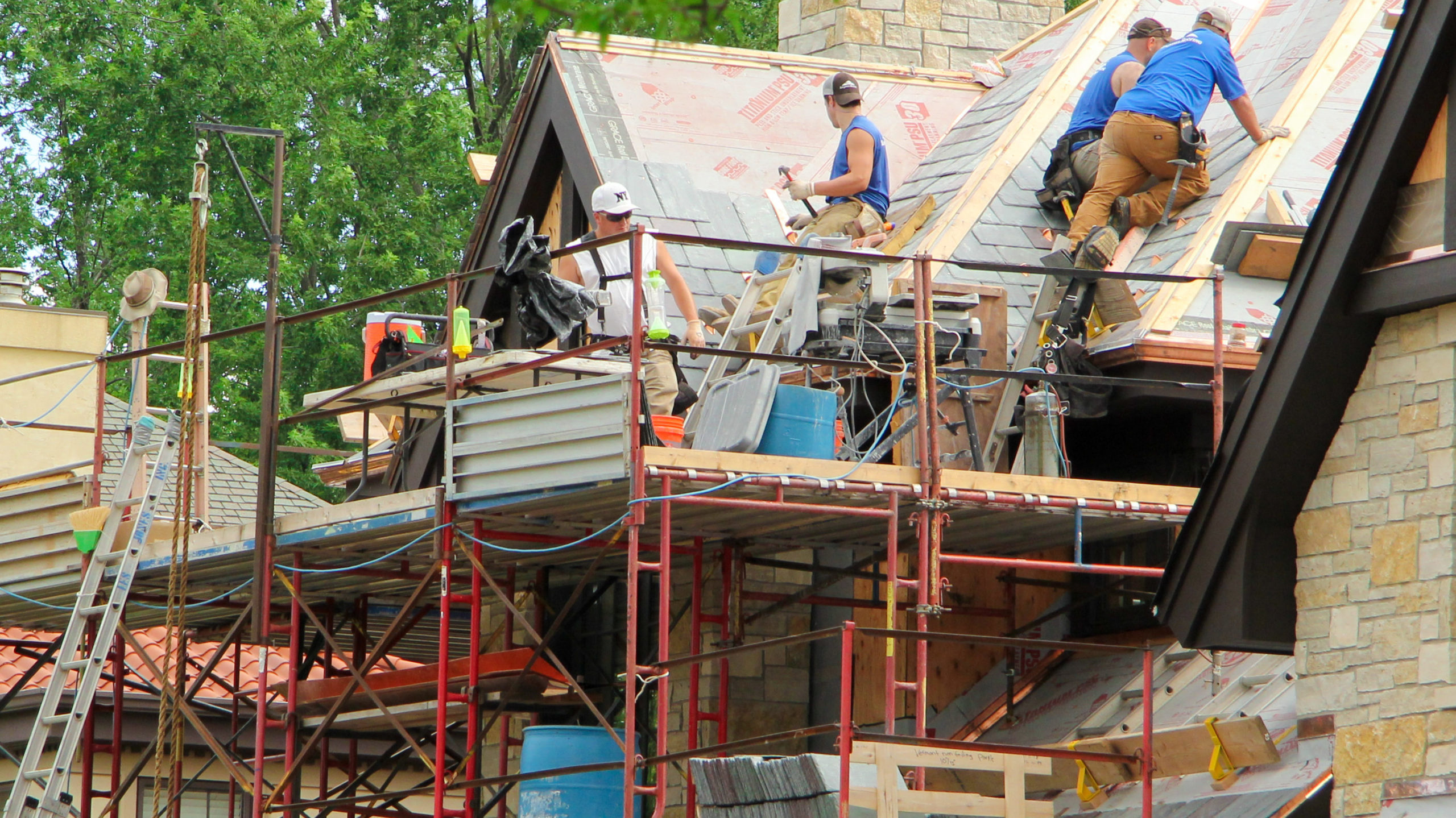
On August 16, 2022, President Biden signed the Inflation Reduction Act of 2022 (IRA) into law, effectively making the largest investment in climate action in U.S. history that, when combined with the Bipartisan Infrastructure law, will result in 1 billion metric tons of annual emissions reductions by 2030 – 10 times more climate impact than any other single piece of legislation ever enacted. The IRA, a $369 billion climate and tax package, will impact all facets of our energy and transportation systems, driving down emissions by 40 percent by 2030, most of the way to the president’s pledge to the world that the U.S. would cut its emissions more than half this decade.
Following in the spirit of the Biden Administration’s Justice40 initiative, equity and environmental justice are woven throughout many of the provisions in the IRA, a welcome sign of progress and a testament to the persistent advocacy of environmental and climate justice leaders.
Since the initial announcement, experts have been digging through the bill language to unpack what it could mean for energy, climate, equity, and more, producing dozens of excellent explainer blog posts. The Fresh Energy team wants to call special attention to the blog posts from the Congressional Progressive Caucus Center and Rewiring America, a few of the best we’ve read so far.
The Fresh Energy team wanted to share with Minnesotans 17 high-level items from the bill that we are most excited about. First, the bill’s two decarbonization MVPs— tax credits for carbon-free electricity and tax credits for clean vehicles—which account for approximately 65 percent of the estimated carbon cuts in the bill.
Dramatic expansion of tax credits for renewables and other carbon-free generation

The IRA extends tax credits for wind and solar deployment, completely transforming an existing policy that has been around for some time. This extension will dramatically lower the cost for consumers and help accelerate deployment of these already favored sources for new electricity. What is especially notable is that the tax credit has been extended for 10 years giving utilities, large buyers, and developers clarity and certainty in the long term. There is also an expanded tax incentive for wind and solar projects built or connected in under-resourced or Native communities, providing an additional 10 percent credit for solar and wind projects and a 20 percent bonus for low-income residential housing projects. Importantly, the legislation recognizes that we can’t get to a fully carbon-free electric system without other technologies and puts in place new tax credits for nuclear, storage technologies, and other new net-zero carbon technologies.
Clean Vehicle Credit

The Clean Vehicle Credit is the new and improved revamp of the existing $7,500 new electric vehicle (EV) tax credit. Major improvements include making the incentive available at the point of sale—rather than only kicking in during tax time, as it currently does—and placing an income cap on who can use the credit, with individuals making up to $150,000 and households up to $300,000 eligible. A price cap for EVs is also in place, with SUVs, vans, and pickups up to $80,000 allowed and all other types of vehicles up to a $55,000 price point allowed.
This tax credit is also designed to incentivize North American-made EVs and is split into two parts: 1) Buyers will receive $3,750 if the vehicle is made with a battery that was manufactured or assembled in North America, and 2) Buyers will receive $3,750 if the battery is constructed with critical minerals extracted in the United States or a country the United States has a free trade agreement with or recycled in North America. Both of these tax credits will run through 2032. Most significantly, this tax credit no longer has a manufacturer production cap, something that would have prevented the cars manufactured by the four largest electric vehicle companies from being eligible within the next year.

While the renewable tax credit extension and Clean Vehicle Credits do the heavy lifting on the decarbonization front, the other new and updated programs and policies laid out in the bill are no less crucial to our clean energy transition. The entire package creates nearly $50 billion in energy savings for American households annually and drives domestic manufacturing supporting American factories producing these innovative clean energy-related technologies with American workers. Here are 15 other items in the bill that have Fresh Energy staff especially excited.
1. Credit for Previously-Owned Clean Vehicles
The good EV news keeps coming! In addition to the new EV tax credit above, there is a brand-new incentive for used EVs as well. The credit for Previously-Owned Clean Vehicles is a tax credit for up to $4,000 or 30 percent (whichever is lower) of the purchase price of a used electric vehicle, with a price cap of $25,000. This credit is only available for used EVs bought through a dealer, and is geared towards low-to-moderate income buyers, with an income cap of $75,000 for single tax filers and $150,000 for joint tax filers.
2. $3 billion to electrify the U.S. Postal Service
Following the major announcement last month that the U.S. Postal Service had increased its EV commitment to 40 percent of new vehicles (up from the paltry 10 percent it had previously announced), the IRA seeks to fund that transition with $3 billion set aside to invest in electrifying the federal vehicle fleet.
3. $3B Neighborhood Access and Equity Grant program
While the IRA builds a new future with EVs, it also recognizes the need to address discriminatory transportation decisions—like siting highways through neighborhoods—that have disproportionately harmed under-resourced and Black, Indigenous, and people of color (BIPOC) communities for decades with traffic pollution and disconnectedness. The Neighborhood Access and Equity grants will begin to right some of these wrongs by supporting neighborhood equity, safety, and affordable transportation access. This includes reconnecting communities that have been divided by existing infrastructure barriers; mitigating negative impacts of transportation facilities or construction projected in disadvantaged or underserved communities; and supporting equitable transportation planning. This is especially timely to the Twin Cities, as the Minnesota Department of Transportation is undergoing a once-in-a-generation “rethinking” of I-94, the first since the initial buildout of the highway in the 1960s that greatly harmed BIPOC neighborhoods, particularly Black communities. Read more about that process and how to get involved through Our Streets Minneapolis’ “Twin Cities Boulevard” campaign.
4. Significant electrification and efficiency measures
Not just one but two different $4.5b programs–totaling $9b–on electrification and efficiency measures are funded in the IRA, and the bill also adds tax credits for home improvements. The first program includes $4.5 billion in direct rebates for low- and moderate-income households to cover costs for electrification appliances like heat pumps (up to $8,000!) and rebates and tax credits for home upgrades necessary for electrification such as upgraded panels, wiring, and insulation. This investment will enable approximately one million low- and moderate-income households to electrify. An additional $4.5 billion program will fund efficiency and electrification rebates that are eligible for Home Energy Performance-Based, Whole-House Rebates. The tax credits address investments related to home improvements (25C), new home construction (45L), and commercial buildings (179D).
5. $500 million for heat pumps
Using the Defense Production Act, the IRA directs $500 million toward the development and manufacturing of heat pumps and related mineral processing. This move would expedite and expand the supply of materials needed for heat pump manufacturing.
6. $1 billion for a Zero Building Energy Code
A Zero Building Energy Code will encourage the construction of buildings that are safer, healthier, less expensive to heat and cool, and more climate-friendly. The IRA dedicates $1 billion to adoption of the new code.
7. New methane fees
To confront the growing problem of methane emissions, the IRA establishes a fee for such emissions from oil and gas facilities, charging companies for methane that is leaked or vented into the atmosphere approximately $900 per ton in 2024 increasing up to $1,500 per ton by 2026.
8. $27 billion for Greenhouse Gas Reduction Fund
This fund supports organizations providing low-cost financing for clean energy infrastructure projects, with $15 billion of the fund dedicated to enabling under-resourced communities to directly benefit from zero-emission technologies and other greenhouse gas pollution reductions.
9. $6 billion for decarbonizing industrial facilities
The IRA establishes nearly $6B in direct investments for deep decarbonization retrofits of large industrial facilities, covering the full range of industrial emitting sectors and a mix of project sizes and technologies. Direct investments could cover energy efficiency upgrades, transition of fossil fuel-powered industrial processes to efficient, electric options, installation of carbon capture and storage at cement plants, application of green hydrogen to produce zero-emission steel, and more.
10. Expansion of advanced manufacturing tax credit
The advanced manufacturing tax credit (48C) eligibility is expanded in the IRA to include industrial emissions reduction. The tax credit could be applied to industrial decarbonization projects that achieve at least 20 percent emissions cuts.
11. $5.5 billion for low-carbon industrial materials
The IRA will allocate $5.5 billion in funding allocations to support procurement of low carbon industrial materials, like clean cement and clean steel, for transportation and building infrastructure projects across multiple federal agencies.
12. $3 billion for Environmental and Climate Justice Block Grant
The IRA continues to direct major new funding towards addressing environmental and climate injustices. Established under the Clean Air Act, this block grant program will fund investments into the communities most impacted by pollution and climate change, to both mitigate pollution and build resiliency to climate change. This could include investing in low- and zero-emissions technologies and/or workforce development aimed at reducing climate and air pollution. Funding from this grant program will also support community engagement in state and federal policymaking processes.
13. Nearly $40 million to clean up the air at schools
Recognizing that healthy school environments are crucial for kids’ development and learning, the IRA allocates $37.5 million in grants to monitor and reduce air and climate pollution at schools in under-resourced and disadvantaged communities.
14. Federal support for clean energy transmission
A carbon-free electric system relies on a major buildout of new interstate transmission infrastructure, and the IRA adds federal support for this critical part of the energy transition. The bill creates loan and grant programs for transmission project planning, financing, and funding to help with siting these important projects.
15. Clean Energy for rural communities and Tribal governments
The IRA also includes provisions to spur clean energy development in rural communities, through $1 billion in rural renewable energy loans and through a mechanism that would allow rural electric cooperatives to realize the same clean energy tax benefits of investor-owned utilities and companies for renewable projects and other innovative carbon-free technologies. Importantly, Tribal governments will also be able to leverage clean energy tax credits, as well as have access to a new Tribal Energy Loan Guarantee Program.
And there’s even more we could list! The IRA will impact virtually every aspect of our economy – driving down emissions, improving public health and ensuring a livable future for our planet. However, we also want to acknowledge several provisions that we find deeply troubling:
- Problematic new rules for energy leases for oil and gas exploration and production on federal lands and offshore federal waters in the Gulf of Mexico and Alaska would establish that no federal land can be leased for solar and wind development without quarterly lease sales for fossil fuel development. Fresh Energy stands with the groups who oppose further exploration and development of fossil fuels on public land.
- Although technically not part of the IRA itself, a “side-deal” between Senators Manchin and Schumer would reform Federal permitting and environmental review in ways that could facilitate faster approval of energy projects. Fresh Energy is committed to opposing any changes in public process that not only places the continued health and equity burden of America‘s dependence on fossil fuels on under-resourced and BIPOC communities but would also fast-track new polluting infrastructure.
This bill makes the largest investment in clean energy and climate in U.S. history, aiming to drive down emissions by 40 percent by 2030. Researchers from Energy Innovation to Rhodium Group estimate the IRA will drive down U.S. greenhouse gas emissions anywhere from 31–44 percent below 2005 levels by 2030.
Fresh Energy applauds Minnesota Senators Tina Smith and Amy Klobuchar who both played crucial roles in finding consensus in their party and getting the IRA over the finish line in the Senate. We would also like to extend our gratitude to the Congressional staffers who are so often unsung heroes, especially in sprints to the finish line like this.
“Never have I seen so many allied to get federal climate legislation done,” said Michael Noble, executive director of Fresh Energy. “From the grassroots pressure of the youth movement to nonprofits to businesses to labor and beyond, people on all sides have been clamoring for a bill like this and I’m proud of the role that Fresh Energy has played alongside advocates far and wide.”
